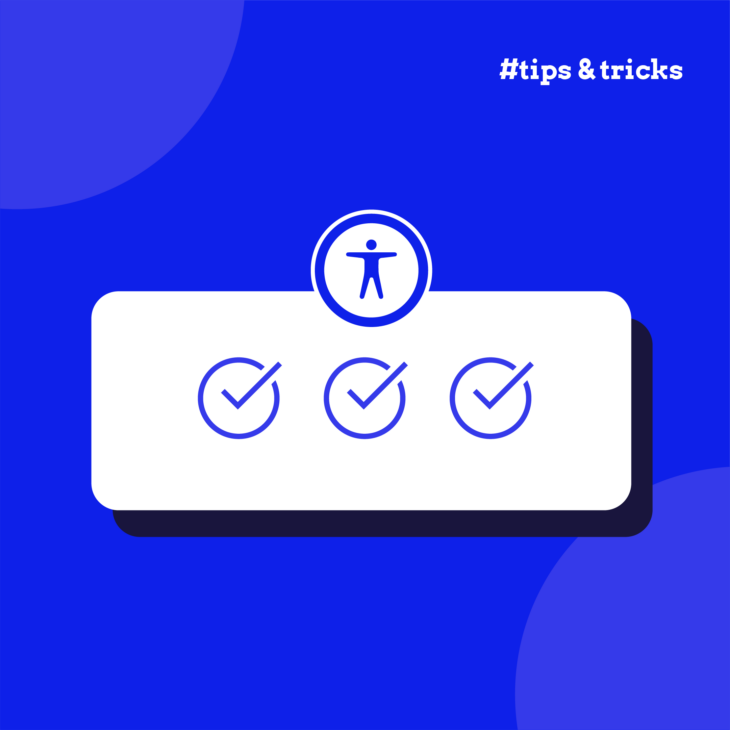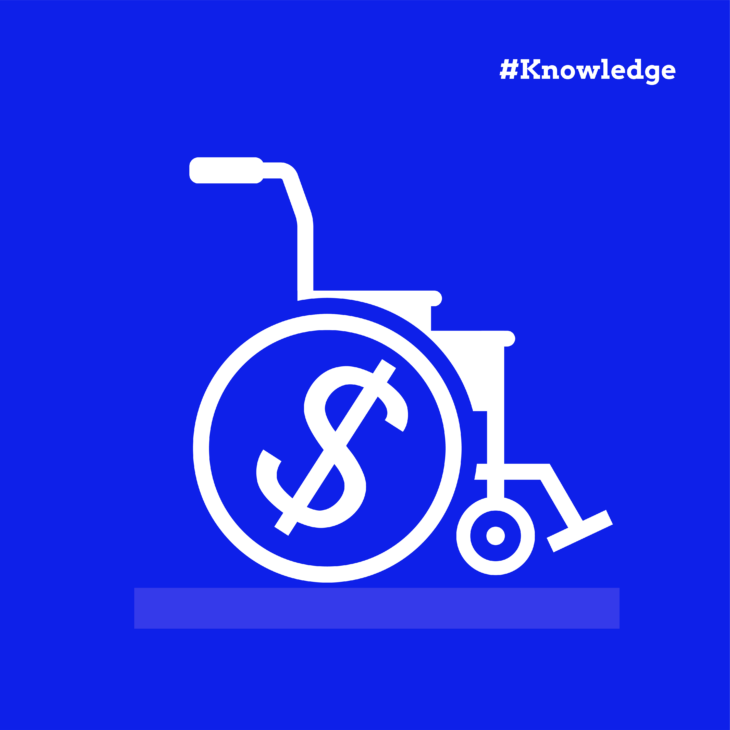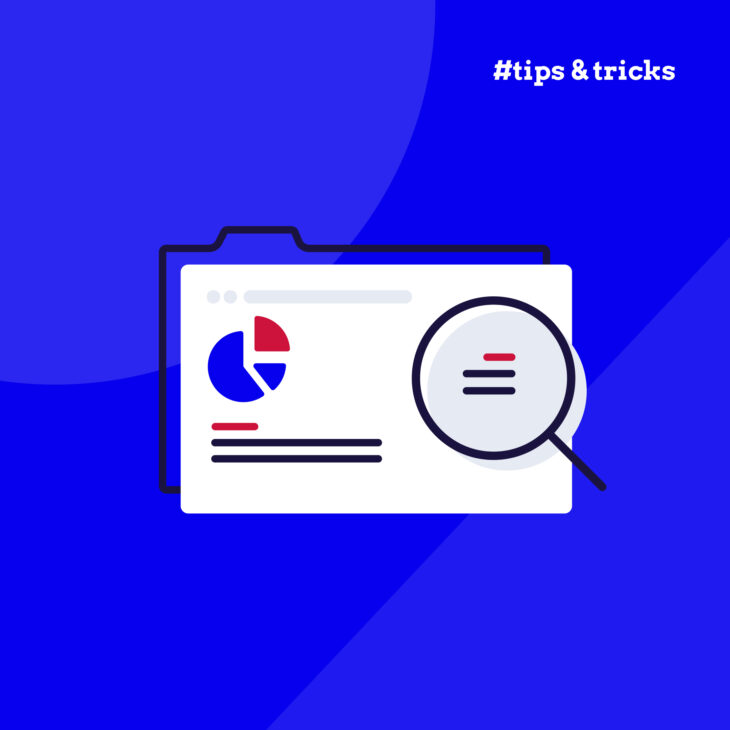Taeke Reijenga has extensive experience with the business side of Web Accessibility. As CEO of the full service digital agency Level Level, he has managed in a short amount of time to get his entire team on board when it comes to including web accessibility in their workflow.
Having an inclusive website is a moral and legal obligation.
The Americans with Disabilities Act (ADA) is a set of laws that protect the rights of individuals with disabilities. In this guide, we’ll focus on ADA compliance for websites, helping owners understand the nuances of the ADA and the intricacies of the Web Content Accessibility Guidelines (WCAG).
Here, we’ll give you the necessary information and tools to create an accessible online presence for everyone.
Understanding ADA compliance for websites
The ADA, passed in 1990, prevents discrimination against people with disabilities. It has also played an important role in providing equal opportunities for individuals with disabilities, even online.
Under the ADA, websites are considered places of public accommodation, falling under Title III of the Act. This designation means that websites, like physical businesses, must be accessible to individuals with disabilities to ensure equal access to goods, services, and information.
While ADA Title III doesn’t provide specific guidelines for website accessibility, US courts have consistently interpreted it to include digital accessibility. They often refer to the Web Content Accessibility Guidelines (WCAG) as the standard for achieving ADA compliance online. WCAG, developed by the World Wide Web Consortium (W3C), provides a set of guidelines for making web content more accessible to people with disabilities.
It’s not a matter of if but when you might face legal action under the ADA.
Failure to comply with ADA accessibility standards can result in serious legal consequences. Companies and groups that do not make sure their websites are accessible may be sued, fined heavily, and suffer damage to their reputation. In the past few years, there has been a noticeable rise in lawsuits related to ADA violations, specifically targeting websites that are not accessible to people with disabilities. In March 2024, for instance, there were 155 website accessibility lawsuits. These legal actions claim violations of ADA Title III, which requires websites to meet accessibility standards.
The Web Content Accessibility Guidelines (WCAG) and ADA compliance
WCAG is a universal benchmark for web accessibility, catering to the diverse needs of individuals, organisations, and governments worldwide.
WCAG 2.2 is the latest set of regulations, and expands upon previous versions by incorporating stricter guidelines for users with cognitive disabilities and enhancing mobile accessibility. Adhering to WCAG guidelines is essential for achieving ADA compliance, as it helps to mitigate the risk of legal action.
WCAG compliance is categorised into three levels:
- Level A: This is the minimum level of compliance, encompassing basic web accessibility features necessary for ensuring access to the widest possible audience.
- Level AA: This level represents a standard most organisations want to meet. It balances improving accessibility and maintaining technical feasibility. Meeting Level AA is often considered a best practice for legal compliance in many regions.
- Level AAA: This level is the highest standard of web accessibility. While it offers the most comprehensive accessibility features, it’s not typically required for entire websites due to its extensive requirements.
WCAG standards are continuously evolving. Staying informed about updates and new additions is essential to ensure ongoing ADA compliance and the provision of an inclusive online experience for everyone.
Step-by-step ADA compliance checklist
Creating an ADA-compliant website involves attention to various areas. This checklist is a foundational guide to help website owners, developers, and designers ensure accessibility.
| Element | Action to take |
|---|---|
| Page structure and navigation | Use proper heading tags to organise content hierarchically. This helps screen readers and other assistive technologies. Also, make sure there is clear and consistent navigation throughout the website, with descriptive link text. |
| Colour and contrast | Choose colours with sufficient contrast ratios to enhance readability, particularly for users with low vision or colour blindness. Avoid using colour as the sole means of conveying information. |
| Text content | Choose readable fonts and appropriate font sizes, allowing users to adjust text size as needed for comfortable viewing. Use plain language and avoid complex jargon to ensure content is easily understandable for a diverse audience. |
| Links and multimedia | Provide descriptive link text instead of vague phrases like ‘click here’ to offer context to screen readers. Include alt text for images and transcripts/captions for multimedia content. |
| Proper HTML markup | Make sure all website elements use semantic markup to accurately describe content structure and meaning, aiding assistive technologies. |
| Navigation and function | Think about keyboard accessibility for all interactive elements, including ‘Skip to Main Content’ links. Use descriptive labels for form inputs and buttons. Display visible focus state for active elements. Provide easily understandable error identification and feedback for users with disabilities. Maintain consistent navigation design for smooth movement. |
Remember, achieving ADA compliance is an ongoing process that requires continuous attention and updates to ensure inclusivity for all users.
ADA compliance checklist for content and text
| Element | Action to take |
|---|---|
| Headings | Properly structure content using heading tags to aid navigation for screen reader users and improve overall readability. |
| Fonts | Choose legible fonts and ensure text can be resized according to user preferences to accommodate different assistive technologies. Verify that text contrast meets WCAG standards for accessibility. |
| Language | Use clear and simple language to make sure everyone can understand, no matter their language skills or cognitive abilities. |
| Linking text | Provide meaningful link descriptions instead of generic phrases like ‘click here’ to give users context about the destination of the link. |
Checklist for visual elements and media
| Element | Action to take |
|---|---|
| Colour | Avoid relying solely on colour to convey information and ensure adequate contrast between text and background colours for readability. A great tool for this is the WebAIM Contrast Checker. |
| Text alternatives | Include descriptive alt text for images and non-text content to provide context for users who cannot view images. |
| Media alternatives | Provide captions and transcripts for audio and video content to make multimedia accessible to users with hearing impairments. |
| Accessible documents | Ensure PDFs and other documents are accessible by following accessibility guidelines for document creation and formatting. |
| Control over animated elements | Allow users to control the playback of animated elements and avoid autoplay for animations longer than 5 seconds to prevent distraction and ensure accessibility. |
Checklist for navigation and functionality
| Element | Action to take |
|---|---|
| Keyboard navigation | Ensure all interactive elements can be accessed and operated using a keyboard alone to accommodate users who cannot use a mouse. |
| Skip links | Implement ‘Skip to Main Content’ links to help users bypass repetitive navigation and access the main content of the page quickly. |
| Input labels | Provide descriptive labels for form inputs and buttons to clarify their purpose and improve usability for all users. |
| Focus and states | Ensure visible focus states for active elements to indicate to users which element is currently in focus, facilitating navigation for keyboard and other assistive technology users. |
| Error identification | Implement clear error identification and feedback mechanisms to assist users in understanding and resolving input errors, particularly for users with cognitive or visual disabilities. |
| Consistency in navigation | Maintain consistency in navigation design across the website to help users navigate and understand the structure of the site more easily. |
Building an ADA-compliant website: practical strategies
To build an ADA-compliant website, follow these strategies:
- Review WCAG 2.2: Familiarise yourself with the latest WCAG standards.
- Do an accessibility audit: Hire a third party to perform a comprehensive audit of your website to identify any accessibility barriers. For example, full-service WordPress agency Level Level offers accessibility testing and support for making your site more accessible.
- Implement changes: Address any issues uncovered in the audit by making necessary changes to enhance accessibility.
- Test accessibility: Use a combination of automated tools and manual testing methods to ensure all elements meet WCAG recommendations.
- Continuous learning: Stay updated on accessibility standards and legislation, and regularly test your website to maintain compliance with the ADA and other relevant regulations.
- Make accessibility a process: Make accessibility a core objective supported by management. Turning accessibility into organisation-wide goals works best with both a bottom-up and top-down approach.
Take the next step towards web accessibility
Moving toward a more accessible online environment means everyone doing their bit to make the internet more inclusive. ADA compliance is the base for which responsible website owners can start this accessible journey, ensuring that everyone can access their site.
It’s evident that progress towards accessibility is achievable through dedicated effort and attention to detail. However, it’s essential to recognise that accessibility is ongoing, requiring continuous updates and adherence to evolving guidelines.
The A11y Collective offers a suite of courses for those looking to deepen their understanding of accessibility principles and implementation. These resources are invaluable tools for expanding knowledge and skills around accessibility.
Take the next step towards web accessibility by enrolling in your first course with The A11y Collective. Together, we can create a digital space that everyone can access.
Ready to get started?
Take the first step towards learning the fundamentals of website accessibility by enrolling in our course, “Web accessibility, the basics”.






